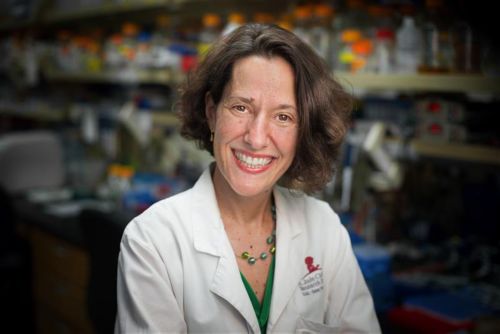St. Jude Family of Websites
Explore our cutting edge research, world-class patient care, career opportunities and more.
St. Jude Children's Research Hospital Home

- Fundraising
St. Jude Family of Websites
Explore our cutting edge research, world-class patient care, career opportunities and more.
St. Jude Children's Research Hospital Home

- Fundraising
Study shows how E3 ligase family selects its targets

A recent study from the lab of Brenda Schulman, PhD, St. Jude Department of Structural Biology and Max Planck Institute of Biochemistry, uncovered the structural basis of selectivity for the KLDCX-family of E3 ligase enzymes.
The ubiquitin-proteasome system breaks down old or damaged proteins in cells. E3 ligases are key enzymes in this recycling system. To do this, they must distinguish between closely related targets, but how they do so was previously unknown. Brenda Schulman, PhD, St. Jude Department of Structural Biology and Max Planck Institute of Biochemistry used biochemistry, crystallography and cryo-EM experiments to find out. The resulting study revealed for the first time the structural architecture of the KLDCX family of E3 ligases, which ensures precise target recognition. The findings were published recently in Nature Communications.
“It was very gratifying to solve this major mystery of E3 ligases, which on the surface seem similar to each other, but are able to do very different jobs in cells,” said first author Danny Scott, PhD.